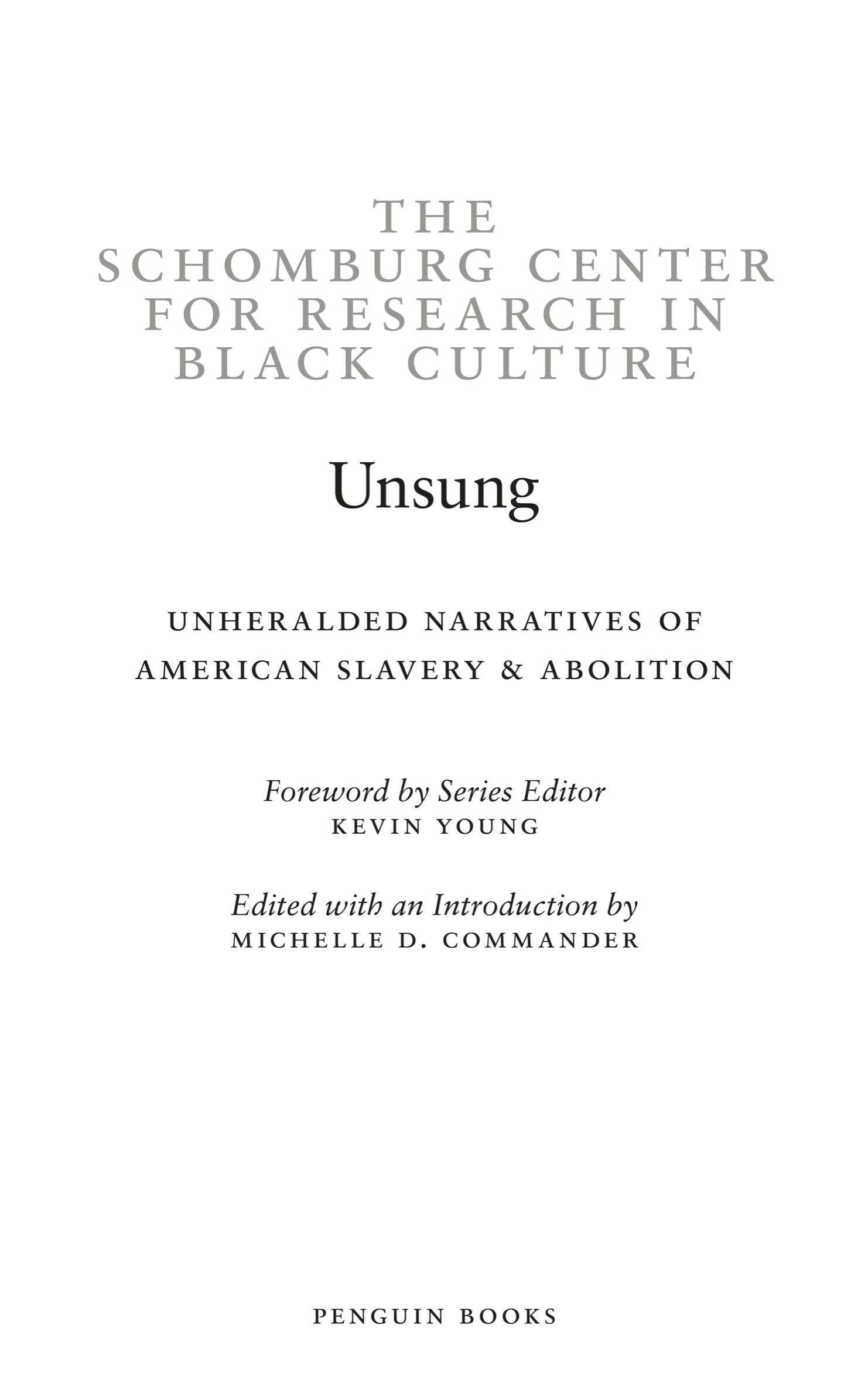PENGUIN  CLASSICS
CLASSICS
UNSUNG
michelle d. commander is associate director and curator of the Lapidus Center for the Historical Analysis of Transatlantic Slavery at the Schomburg Center for Research in Black Culture. A Ford Foundation and Fulbright fellowship recipient, she is the author of Afro-Atlantic Flight: Speculative Returns and the Black Fantastic and Avidly Reads Passages.
Kevin Young is currently the director of the Schomburg Center for Research in Black Culture, named a National Historic Landmark in 2017. He is the author of thirteen books of poetry and prose, most recently Brown (Knopf, 2018), as featured on TheDaily Show with Trevor Noah. His nonfiction book Bunk (Graywolf Press, 2017) won the Anisfield-Wolf Book Award for Nonfiction, was longlisted for the National Book Award, and was named a New York Times Notable Book. He is the editor of nine other volumes, including the anthology African American Poetry: 250 Years of Struggle & Song, recently published by Library of America. A member of the American Academy of Arts and Sciences and a Chancellor of the Academy of American Poets, Young is the poetry editor of The New Yorker and newly named director of the Smithsonians National Museum of African American History and Culture.
PENGUIN BOOKS
An imprint of Penguin Random House LLC
penguinrandomhouse.com
First published in the United States of America by Penguin Books 2021
Introduction, suggestions for further reading, headnotes, and compilation copyright 2021 by The Schomburg Center for Research in Black Culture
Foreword copyright 2021 by Kevin Young
Penguin supports copyright. Copyright fuels creativity, encourages diverse voices, promotes free speech, and creates a vibrant culture. Thank you for buying an authorized edition of this book and for complying with copyright laws by not reproducing, scanning, or distributing any part of it in any form without permission. You are supporting writers and allowing Penguin to continue to publish books for every reader.
The editor wishes to thank Yale University Library, where a scholar recently found the illustrative 1786 work An Essay on Slavery, with Justification to Divine Providence that God Rules over All Things by Jupiter Hammon, Hillhouse Family Papers (MS 282). Manuscripts and Archives, Yale University Library.
library of congress cataloging-in-publication data
Names: Young, Kevin, 1970 writer of foreword. | Commander, Michelle D., 1978 editor, writer of introduction. | Schomburg Center for Research in Black Culture, issuing body.
Title: Unsung: unheralded narratives of American slavery & abolition / The Schomburg Center for Research in Black Culture; foreword by series editor Kevin Young; edited with an introduction by Michelle D. Commander.
Other titles: Unheralded narratives of American slavery & abolition
Description: [New York]: Penguin Books, 2021. | Includes bibliographical references.
Identifiers: LCCN 2020042631 (print) | LCCN 2020042632 (ebook) | ISBN 9780143136088 (paperback) | ISBN 9780525507697 (ebook)
Subjects: LCSH: Slave narrativesUnited States. | Slaves writings, American. | Fugitive slavesUnited StatesBiography. | African American abolitionistsBiography. | AbolitionistsUnited StatesBiography. | SlavesUnited StatesBiography. | SlaveryUnited StatesHistory19th century. | Antislavery movementsUnited
StatesHistory19th century. | African AmericansSocial conditions19th century.
Classification: LCC E444 .U57 2021 (print) | LCC E444 (ebook) | DDC 326/.80922 [B]dc23
LC record available at https://lccn.loc.gov/2020042631
LC ebook record available at https://lccn.loc.gov/2020042632
Cover photograph: The Civil War, contrabands (escaped slaves), at Foller's house, Cumberland Landing, Virginia, by James F. Gibson, 1862. Everett Collection / Shutterstock.
pid_prh_5.6.1_c0_r0
Contents
UNSUNG
Foreword
Born in Harlem, James Baldwin wrote often of his beginnings here, including his reading every single book in the transformative space now known as the Schomburg Center for Research in Black Culture. I went to the 135th Street library at least three or four times a week, and I read everything here. I mean, every single book in that library, Baldwin wrote. In some blind and instinctive way, I knew that what was happening in those books was also happening all around me. And I was trying to make a connection between the books and the life I saw and the life I lived. The connection Baldwin made between his life and the lives that the future Schomburg Center contained speaks to the power of the books, history, and culture found there, as well as the centers rich origins.
Part of The New York Public Library from the start, the Schomburg Center was founded in 1925 as the Division of Negro History, Literature, and Prints, recognizing the changing nature of Harlem after the Great Migration. Yet what truly transformed the division found at the 135th Street Branch was the addition of the stellar collection of AfroPuerto Rican scholar and collector Arturo Alfonso Schomburg the following year. Today the thousands of books, pamphlets, and manuscripts in Arturo Schomburgs initial collection have increased to more than 11 million items that, through new acquisitions, programming, and exhibitions, illuminate the richness of Black history, arts, and experience worldwide.
What has become evident in our recent Mellon Foundationfunded work enriching the catalog of what I call Arturo Schomburgs seed library is that he was not merely a bibliophile or a lover of books but a self-taught scholar, homemade historian, and creator and collector of knowledge. The private collection he assembled was always for public consumption, regularly loaned out to fellow writers, radicals, Prince Hall Masons, and other seekers of knowledge (and, miraculously, regularly returned). Schomburgs collection bore witness to the travels and travails of the Black Atlantic, much as he had witnessed firsthand, linking the Caribbean, the broader Americas, Europe, and Africa. Indeed, Schomburg used the proceeds of the sale of his collection to The New York Public Library for ten thousand dollarsa goodly sum in 1926, provided by the Carnegie Corporationto travel to Spain, the motherland of his native tongue, in order to collect more books. He carried them back across the Black Atlantic as the first curator of the Schomburg Center, serving in the role from 1932 until his death in 1938.
Schomburg may now be thought of as the nexus of an informal yet important group of Black librarians, bibliographers, educators, and activists who preserved, protected, and provided access to the rich history of global Black culturea history that a teacher once told young Arturo didnt exist. Together with a number of figuresincluding Catherine Latimer, the first Black librarian in The New York Public Library system, who worked to shape the collections; novelist Nella Larsen, who served as a childrens librarian; and activist Ella Baker and scholar Alain Locke, who transformed the Schomburg Center with education programs in the 1930sArturo, also known as Arthur, made the institution a center in all senses of the word. In the year of its founding, the special issue of

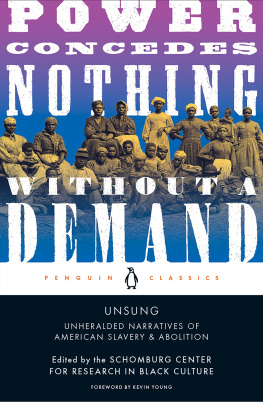

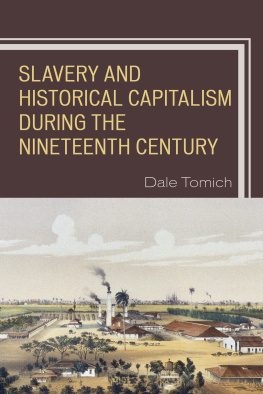
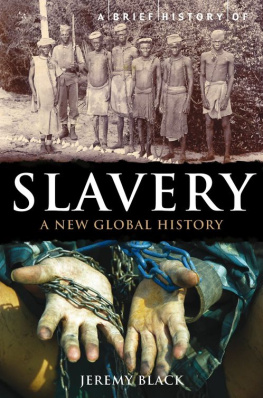
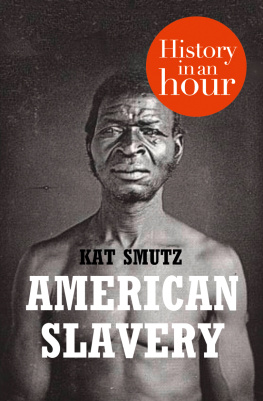
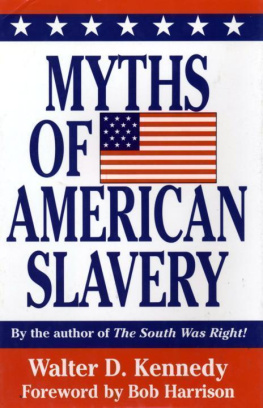
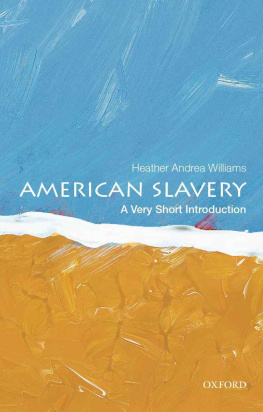
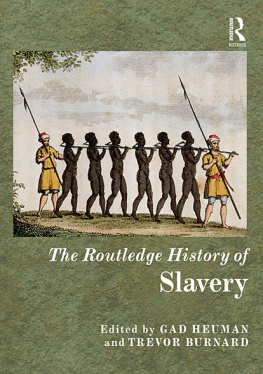
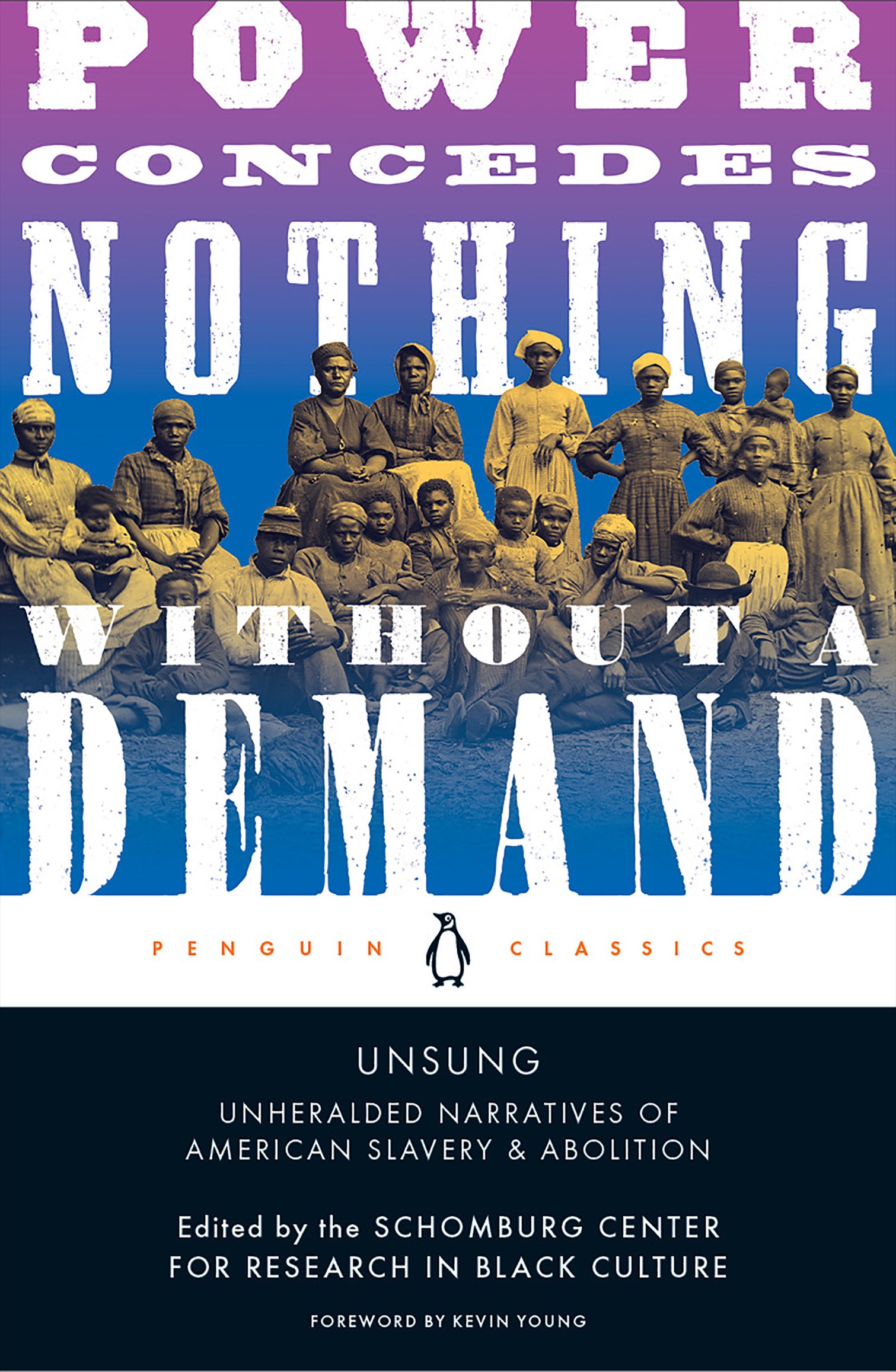
 CLASSICS
CLASSICS